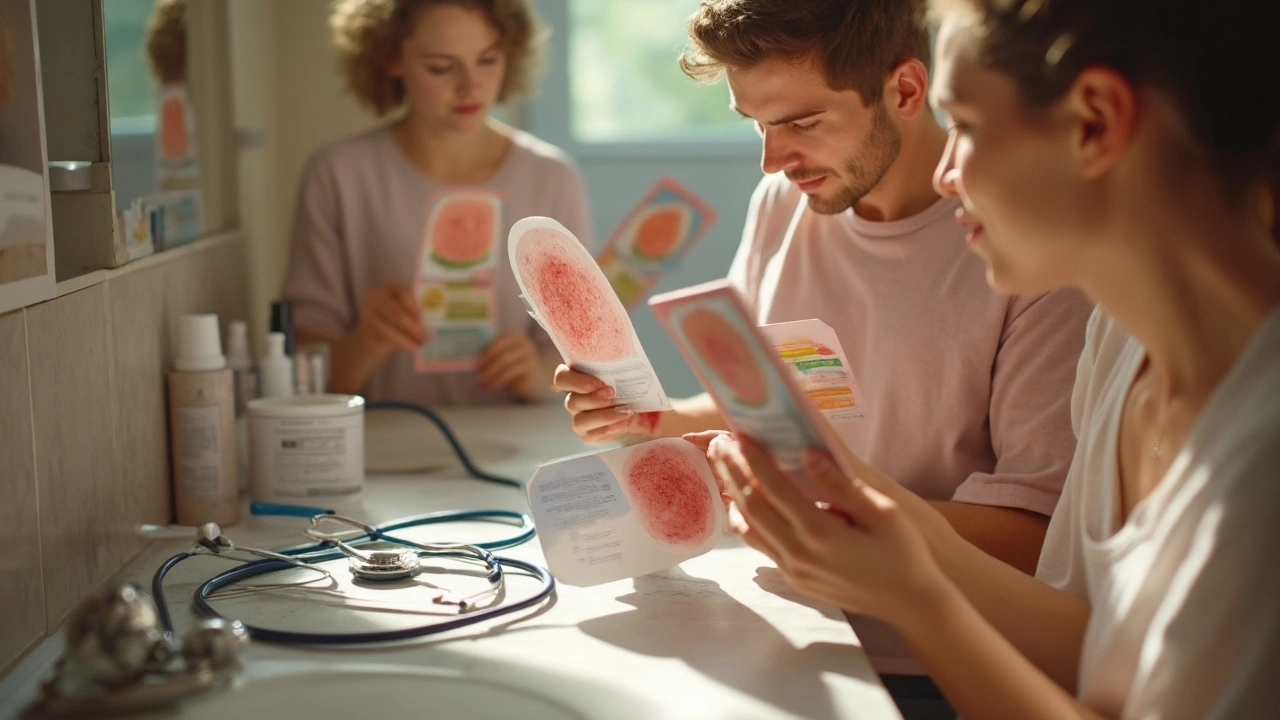Yeast Infection: Quick Guide to Symptoms, Causes & Treatment
If you’ve ever felt an itchy, uncomfortable vibe down there, chances are you’ve dealt with a yeast infection. It’s super common, especially for women of child‑bearing age, and most of the time it’s easy to handle.
Common Symptoms & When to Seek Help
The tell‑tale signs are usually itching, burning, and a thick white discharge that looks like cottage cheese. You might also notice redness or swelling around the vulva. These symptoms often pop up after a bout of antibiotics, during hormonal shifts (like pregnancy or birth control), or when blood sugar spikes from diabetes.
While many infections clear up with over‑the‑counter meds, you should see a doctor if you have fever, pain while peeing, or the rash spreads beyond the vaginal area. Persistent or recurrent cases need professional attention because they can hint at underlying issues like immune problems or uncontrolled diabetes.
Effective Treatments & Prevention
The first line of defense is usually a topical antifungal cream such as clotrimazole or miconazole, applied for one to two weeks. If the infection keeps coming back, doctors might prescribe an oral pill like fluconazole—a single dose that often does the trick.
Home tricks can help too: keep the area dry, wear breathable cotton underwear, and avoid tight jeans. Probiotic‑rich foods (yogurt, kefir) or a daily probiotic supplement may restore healthy bacteria balance, making it harder for yeast to overgrow.
If you’re planning IVF or already in treatment, talk to your fertility specialist about any infections. Severe or untreated yeast infections can cause irritation that might affect embryo transfer procedures, so getting cleared is key.
Prevention is mostly lifestyle‑based. Swap scented soaps for gentle, unscented cleansers, limit sugary foods and drinks, and change out of wet swimsuits promptly. If you’re on antibiotics, ask your doctor about a probiotic to keep the good bacteria in check.
Bottom line: yeast infections are annoying but manageable. Spot the symptoms early, use an antifungal cream or pill as directed, and adopt simple hygiene habits to keep them at bay. When in doubt, a quick chat with your doctor can save you from lingering discomfort and protect your reproductive health.

Skin Yeast Infection Diagnosis: Why Getting It Right Matters
Yeast infections of the skin often get mistaken for other rashes, leading to treatments that just don't work. Properly diagnosing these stubborn infections can make a huge difference in getting fast, lasting relief and avoiding unnecessary medications. This article covers how yeast infections show up, why they get misdiagnosed so often, and smart steps you can take to get a clear answer. Real facts, tips, and insights help you spot the clues and work with your doctor toward the right solution.